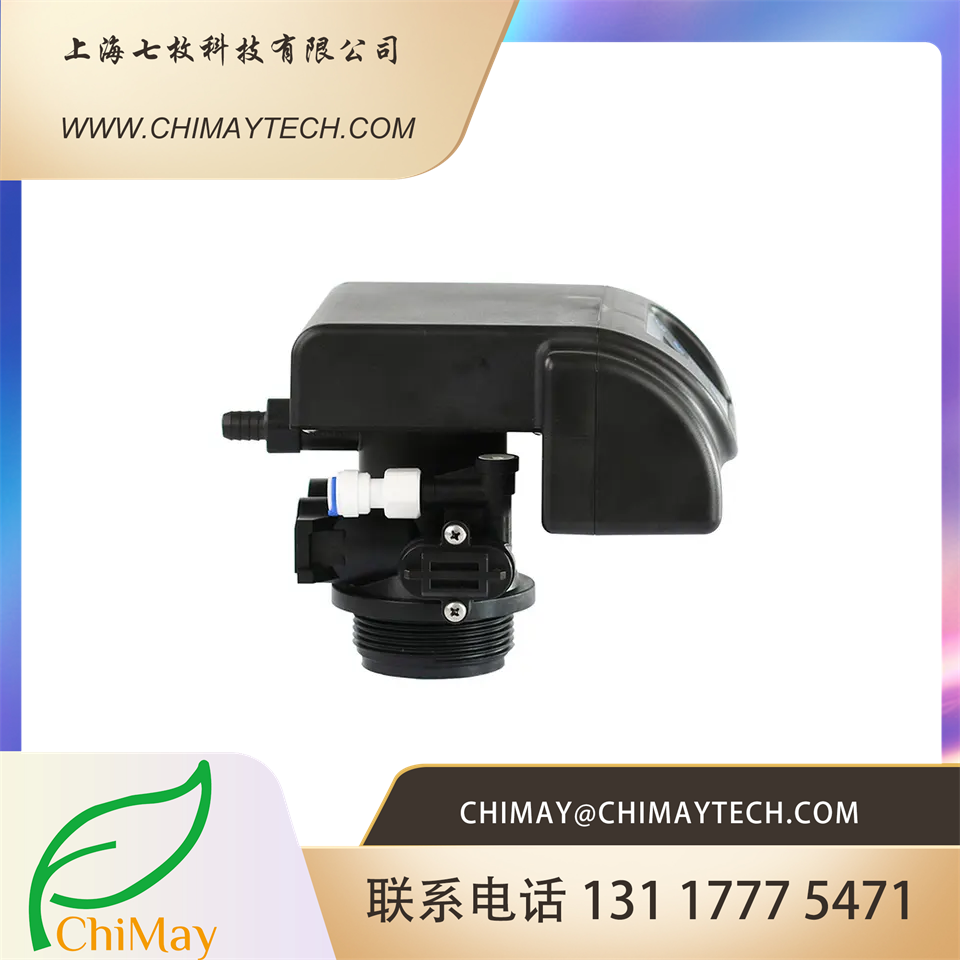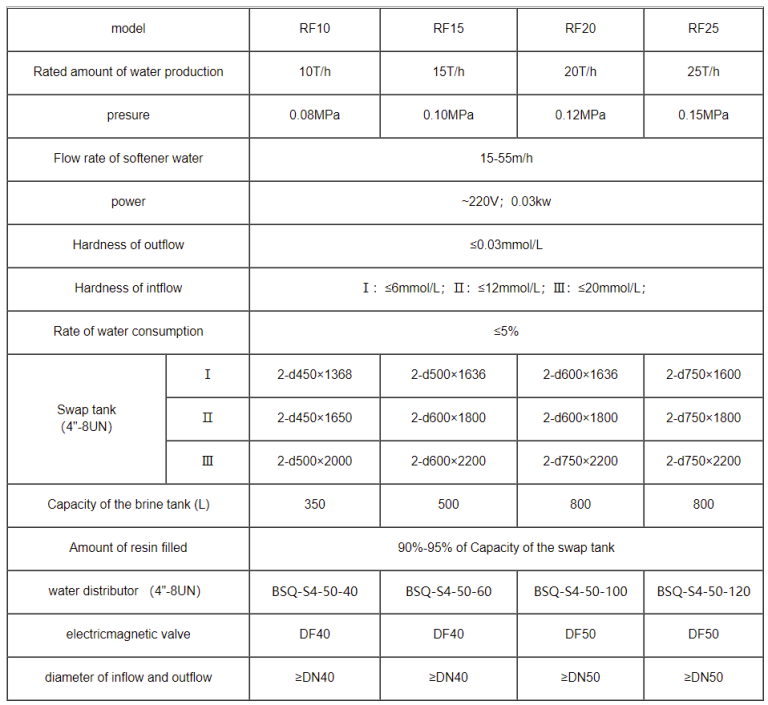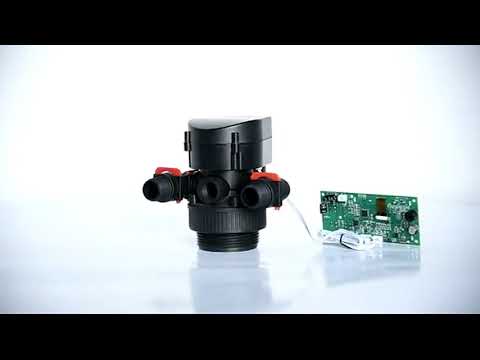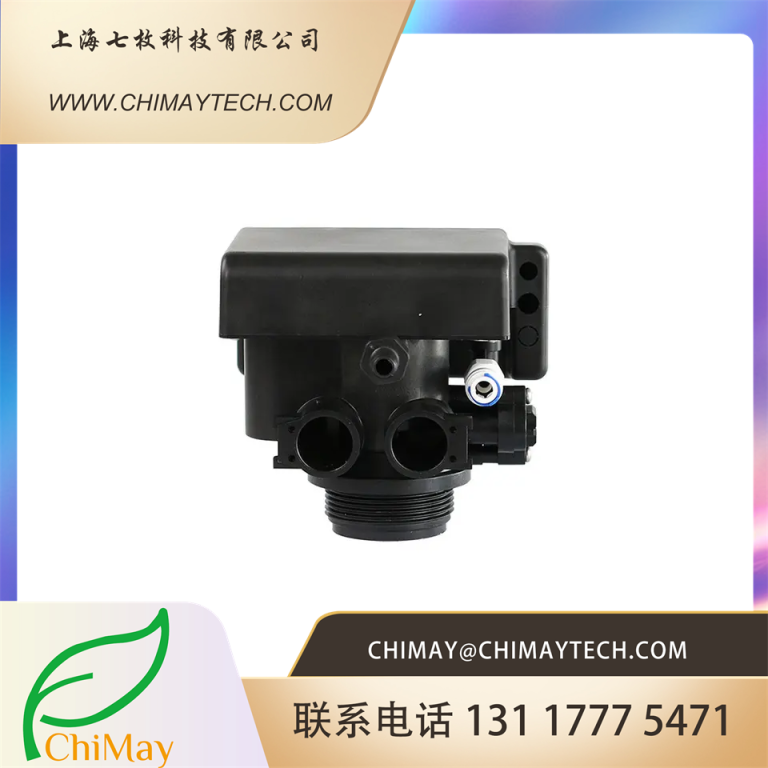How to Replace a water softener valve head
Water softeners are essential appliances in many households, as they help to remove minerals such as calcium and magnesium from water, preventing limescale buildup and improving the efficiency of appliances like water heaters and dishwashers. Over time, the valve head of a water softener may need to be replaced due to wear and tear or damage. In this article, we will discuss how to replace a water softener valve head.
Before beginning the replacement process, it is important to gather all the necessary tools and materials. You will need a new valve head, a wrench or pliers, Teflon tape, and possibly a screwdriver. It is also a good idea to shut off the water supply to the water softener before starting the replacement process to prevent any leaks or water damage.
| Model | Central tube | Drain | Brine tank connector | Base | Maximum power | Operating temperature |
| 5600 | 0.8125″/1.050″ O.D. | 1/2″NPTF | 1600-3/8″ | 2-1/2″-8NPSM | 3W | 1℃-43℃ |
The first step in replacing the valve head is to remove the old one. This can usually be done by loosening the nuts or bolts that secure the valve head to the water softener tank. Use a wrench or pliers to carefully loosen and remove these fasteners, being careful not to damage the threads or surrounding components.
Once the old valve head has been removed, it is time to install the new one. Before attaching the new valve head, it is a good idea to apply Teflon tape to the threads of the fasteners to ensure a tight seal and prevent leaks. Carefully position the new valve head on the water softener tank and secure it in place using the nuts or bolts that you removed earlier.

After the new valve head has been securely attached, it is important to check for any leaks. Turn the water supply back on and check for any water dripping or spraying from the connections. If you notice any leaks, tighten the fasteners further or reapply Teflon tape as needed to create a watertight seal.
Once you have confirmed that there are no leaks, it is a good idea to run a regeneration cycle on the water softener to ensure that the new valve head is functioning properly. Follow the manufacturer’s instructions for initiating a regeneration cycle, and monitor the water softener during this process to ensure that it is operating as expected.
In conclusion, replacing a water softener valve head is a relatively straightforward process that can be completed with a few basic tools and materials. By following the steps outlined in this article, you can ensure that your water softener continues to operate efficiently and effectively. Remember to shut off the water supply before beginning the replacement process, apply Teflon tape to the threads of the fasteners, and check for leaks before running a regeneration cycle. With proper care and maintenance, your water softener will continue to provide you with high-quality, softened water for years to come.







